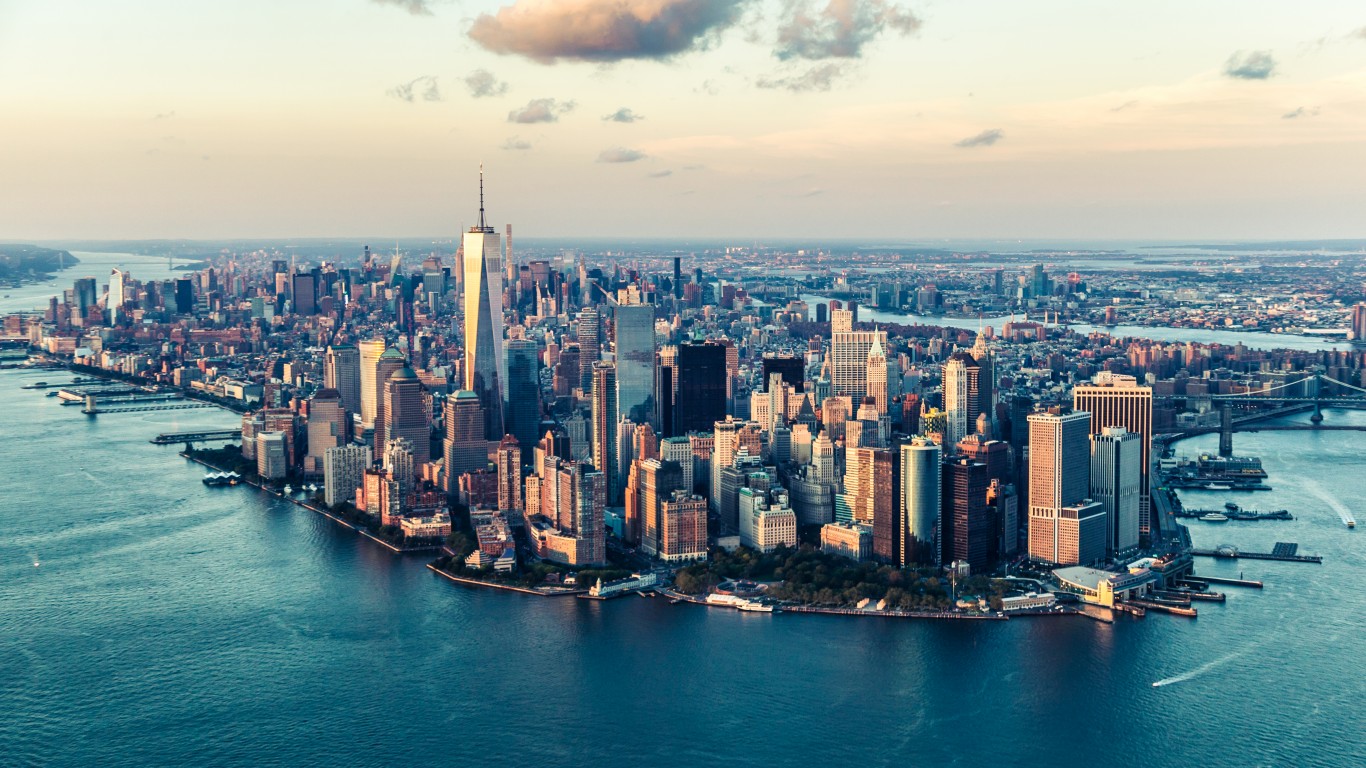
Hurricanes have been part of the harshest weather in the southeast United States since long before humans inhabited it. Storms form near Africa and cruise across the Atlantic into the Caribbean and then either up the east coast or into the Gulf of Mexico. Some of the worst hurricanes in American history developed this way. The deadliest example is the 1900 Galveston hurricane that killed almost 8,000 people. The number of hurricanes has risen as well. The Washington Post recently reported that a record 18 storms and hurricanes made landfall in the United States over the past two years.
The force of hurricanes also has become greater, and this trend is expected to increase in the future. Research shows that the number of Category 3 storms or higher likely will rise. The effects of this could be staggering, given that over the past two decades hurricanes have killed an average of over 300 Americans per year and resulted in overall damage totaling nearly $1 trillion.
Hurricanes that threaten the United States form in the North Atlantic Basin and pose a perennial risk to communities along the Gulf and Atlantic coasts. According to a recent report from CoreLogic (a property information, analytics and data provider), nearly 8 million single-family homes are at risk of storm surge damage from hurricanes and over 31 million homes are at risk of damage from hurricane winds nationwide. These risks are disproportionately shouldered by metropolitan areas along the Eastern Seaboard and the Gulf of Mexico.
Using data from CoreLogic’s 2021 Hurricane Report, 24/7 Wall St. identified the city where hurricanes would cause the most damage. Metro areas are ranked by the number of single-family homes at risk of storm surge damage.
Over one-third of the metro areas we considered are in Florida. Another three are in Louisiana and two in the northeastern United States. Each of these places has faced the threat of major hurricane damage in recent decades. Some have narrowly dodged the worst devastation, while others, like New Orleans in 2005, have not been so lucky.
New York City is the metropolitan area where hurricanes could cause the most damage. Here are the details:
- Homes at risk of storm surge: 781,823
- Reconstruction cost value of at-risk property: $304.5 billion
- Metro area population: 19,216,182
- Recent severe hurricane: Superstorm Sandy (2012)
New York City does not face threats from hurricanes with the frequency of coastal cities further south. In the event of a hurricane, however, it has almost 782,000 single-family homes at risk of flood damage from storm surges, more than any other metro area in the country. The total reconstruction costs of those properties is estimated at nearly $305 billion. Additionally, nearly 3.4 million homes in the New York metropolitan area are at risk of damage from hurricane-force winds.
In October 2012, Hurricane Sandy devastated New York City. Though it had weakened to a tropical storm by the time it reached New York, Sandy resulted in 44 deaths in the city. It damaged or destroyed more than 69,000 homes and caused $19 billion in damage and lost economic activity.
Methodology: To determine the city where hurricanes could cause the most damage, 24/7 Wall St. reviewed data on hurricane risk in metropolitan areas along the Gulf and Atlantic coasts from CoreLogic’s 2021 Hurricane Report. Metropolitan areas were ranked based on the number of single-family residential structures less than four stories at moderate or greater risk of damage from storm surge flooding in the 2021 hurricane season. Supplemental data on the estimated reconstruction cost value of the at-risk homes also came from CoreLogic and includes the cost of materials, equipment and labor that would result from reconstruction of these homes after 100% destruction. Data on population for each metro area came from the U.S. Census Bureau’s 2019 American Community Survey and are one-year estimates.
Click here to see all the cities where hurricanes would cause the most damage.
Travel Cards Are Getting Too Good To Ignore (sponsored)
Credit card companies are pulling out all the stops, with the issuers are offering insane travel rewards and perks.
We’re talking huge sign-up bonuses, points on every purchase, and benefits like lounge access, travel credits, and free hotel nights. For travelers, these rewards can add up to thousands of dollars in flights, upgrades, and luxury experiences every year.
It’s like getting paid to travel — and it’s available to qualified borrowers who know where to look.
We’ve rounded up some of the best travel credit cards on the market. Click here to see the list. Don’t miss these offers — they won’t be this good forever.
Thank you for reading! Have some feedback for us?
Contact the 24/7 Wall St. editorial team.




